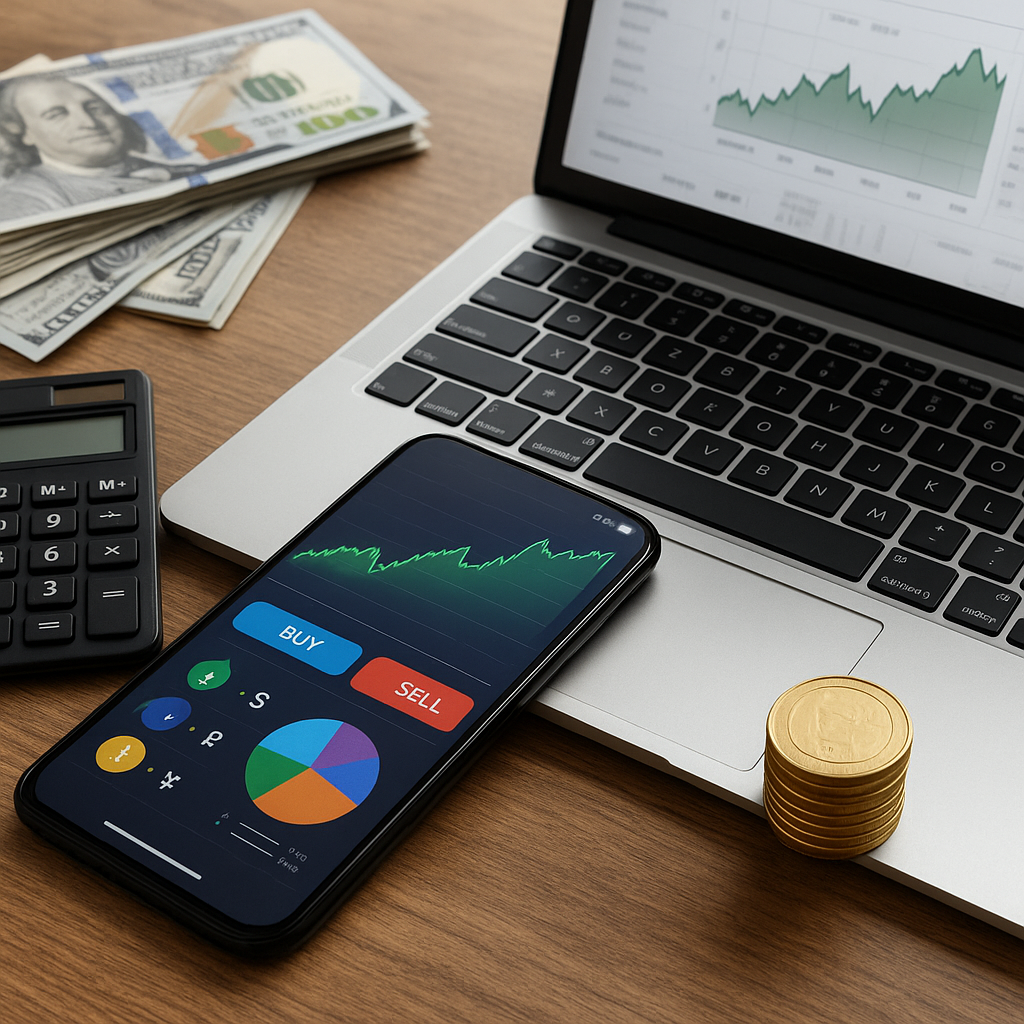Technical analysis plays a crucial role in currency trading, providing traders with the tools and insights needed to make informed decisions in the fast-paced world of forex markets. By analyzing historical price data and identifying patterns, traders can predict future price movements and develop effective trading strategies. This article delves into the fundamentals of technical analysis and its application in currency trading, offering a comprehensive guide for both novice and experienced traders.
Understanding Technical Analysis
Technical analysis is a method used to evaluate and predict the future price movements of financial instruments, including currencies, by analyzing historical price data and trading volumes. Unlike fundamental analysis, which focuses on economic indicators and intrinsic value, technical analysis relies on charts, patterns, and statistical indicators to identify trends and potential trading opportunities.
Key Concepts in Technical Analysis
Several key concepts form the foundation of technical analysis:
- Price Action: The movement of a currency’s price over time, which is the primary focus of technical analysis.
- Trends: The general direction in which a currency’s price is moving, which can be upward (bullish), downward (bearish), or sideways (neutral).
- Support and Resistance Levels: Price levels at which a currency tends to find support as it falls or resistance as it rises, often indicating potential reversal points.
- Indicators and Oscillators: Mathematical calculations based on price and volume data, such as Moving Averages, Relative Strength Index (RSI), and Moving Average Convergence Divergence (MACD), used to identify trends and potential entry and exit points.
- Chart Patterns: Recognizable shapes and formations on price charts, such as Head and Shoulders, Double Tops and Bottoms, and Triangles, which can signal potential trend reversals or continuations.
Applying Technical Analysis in Currency Trading
To effectively apply technical analysis in currency trading, traders must develop a systematic approach that incorporates various tools and techniques. Here are some essential steps to get started:
Choosing the Right Charts
Charts are the primary tool for technical analysis, and selecting the right type of chart is crucial. The most commonly used charts in currency trading include:
- Line Charts: Simple charts that connect closing prices over a specified period, providing a clear view of the overall trend.
- Bar Charts: Charts that display the open, high, low, and close prices for each period, offering more detailed information about price movements.
- Candlestick Charts: Similar to bar charts but with a more visually appealing format, candlestick charts show the open, high, low, and close prices for each period, with different colors indicating bullish or bearish movements.
Identifying Trends and Patterns
Once the appropriate chart type is selected, traders can begin identifying trends and patterns. This involves:
- Trendlines: Drawing lines that connect significant highs or lows to identify the direction of the trend.
- Chart Patterns: Recognizing formations such as Head and Shoulders, Double Tops and Bottoms, and Triangles, which can indicate potential trend reversals or continuations.
- Indicators and Oscillators: Using tools like Moving Averages, RSI, and MACD to confirm trends and identify potential entry and exit points.
Setting Up a Trading Plan
A well-defined trading plan is essential for successful currency trading. This plan should include:
- Entry and Exit Criteria: Clear rules for entering and exiting trades based on technical analysis signals.
- Risk Management: Strategies for managing risk, such as setting stop-loss orders and determining position sizes.
- Performance Evaluation: Regularly reviewing and analyzing trading performance to identify areas for improvement.
Advanced Techniques in Technical Analysis
For traders looking to deepen their understanding of technical analysis, several advanced techniques can be explored:
Fibonacci Retracement and Extension
Fibonacci retracement and extension levels are based on the Fibonacci sequence and are used to identify potential support and resistance levels. These levels can help traders determine potential entry and exit points by identifying areas where price corrections or extensions are likely to occur.
Elliott Wave Theory
Elliott Wave Theory is a complex form of technical analysis that involves identifying recurring wave patterns in price movements. According to this theory, market prices move in predictable cycles, and by identifying these cycles, traders can predict future price movements.
Ichimoku Cloud
The Ichimoku Cloud, also known as Ichimoku Kinko Hyo, is a comprehensive technical analysis tool that provides information about support and resistance levels, trend direction, and momentum. It consists of five lines and a shaded area (the cloud) that helps traders identify potential trading opportunities.
Combining Technical and Fundamental Analysis
While technical analysis is a powerful tool for currency trading, combining it with fundamental analysis can provide a more comprehensive view of the market. Fundamental analysis involves evaluating economic indicators, geopolitical events, and other factors that can impact currency prices. By integrating both approaches, traders can make more informed decisions and improve their overall trading performance.
Economic Indicators
Key economic indicators that can influence currency prices include:
- Gross Domestic Product (GDP): A measure of a country’s economic output and growth.
- Inflation Rates: The rate at which prices for goods and services rise, affecting purchasing power and interest rates.
- Employment Data: Information about job creation, unemployment rates, and wage growth, which can impact consumer spending and economic growth.
- Central Bank Policies: Decisions made by central banks regarding interest rates and monetary policy, which can influence currency values.
Geopolitical Events
Geopolitical events, such as elections, trade agreements, and conflicts, can also impact currency prices. Traders should stay informed about global news and developments to anticipate potential market movements.
Conclusion
Technical analysis is an essential tool for currency traders, providing valuable insights into price movements and helping to identify potential trading opportunities. By understanding key concepts, applying various techniques, and combining technical analysis with fundamental analysis, traders can develop effective strategies and improve their chances of success in the forex market. Continuous learning and practice are crucial for mastering technical analysis and achieving long-term profitability in currency trading.




